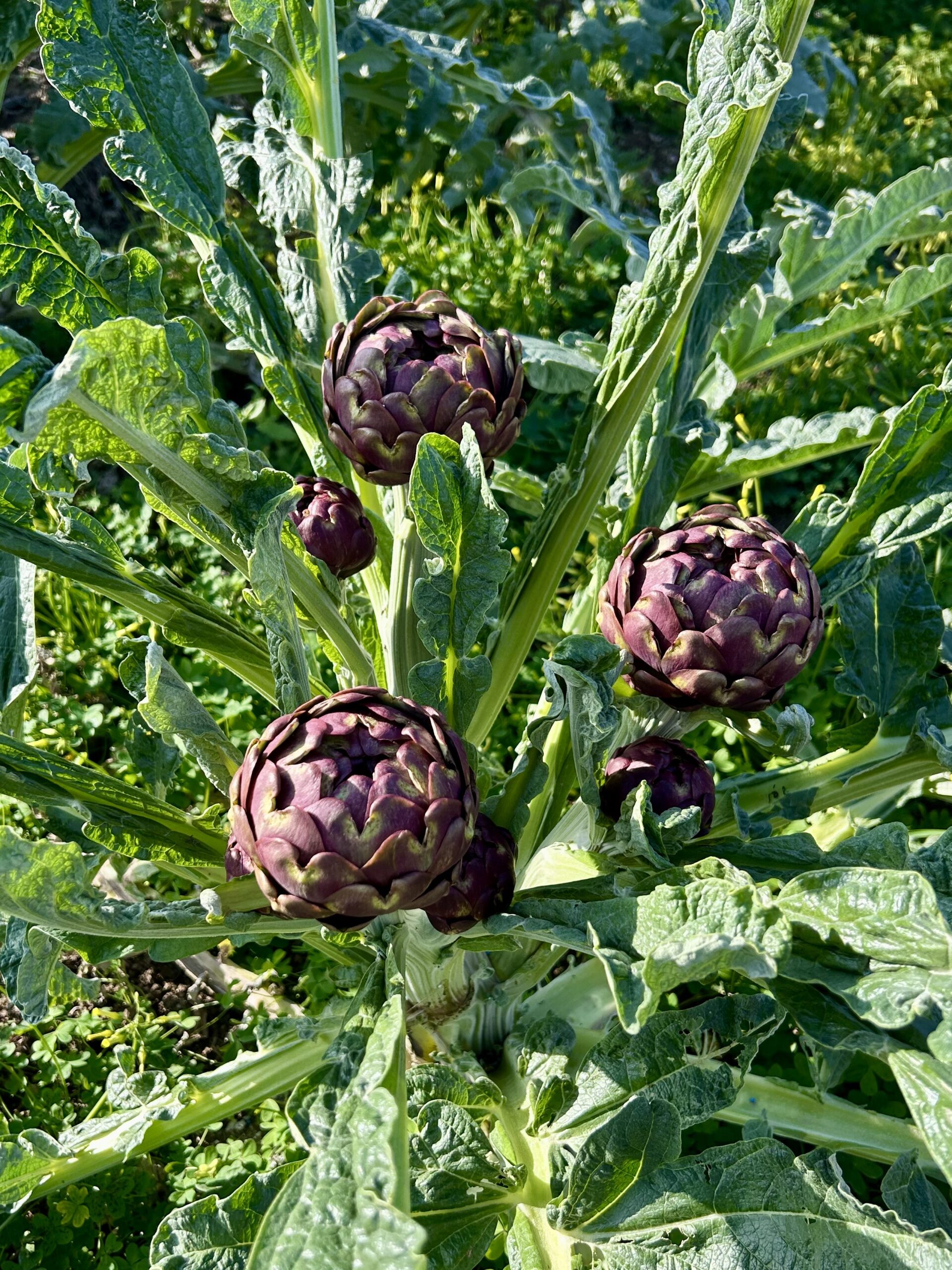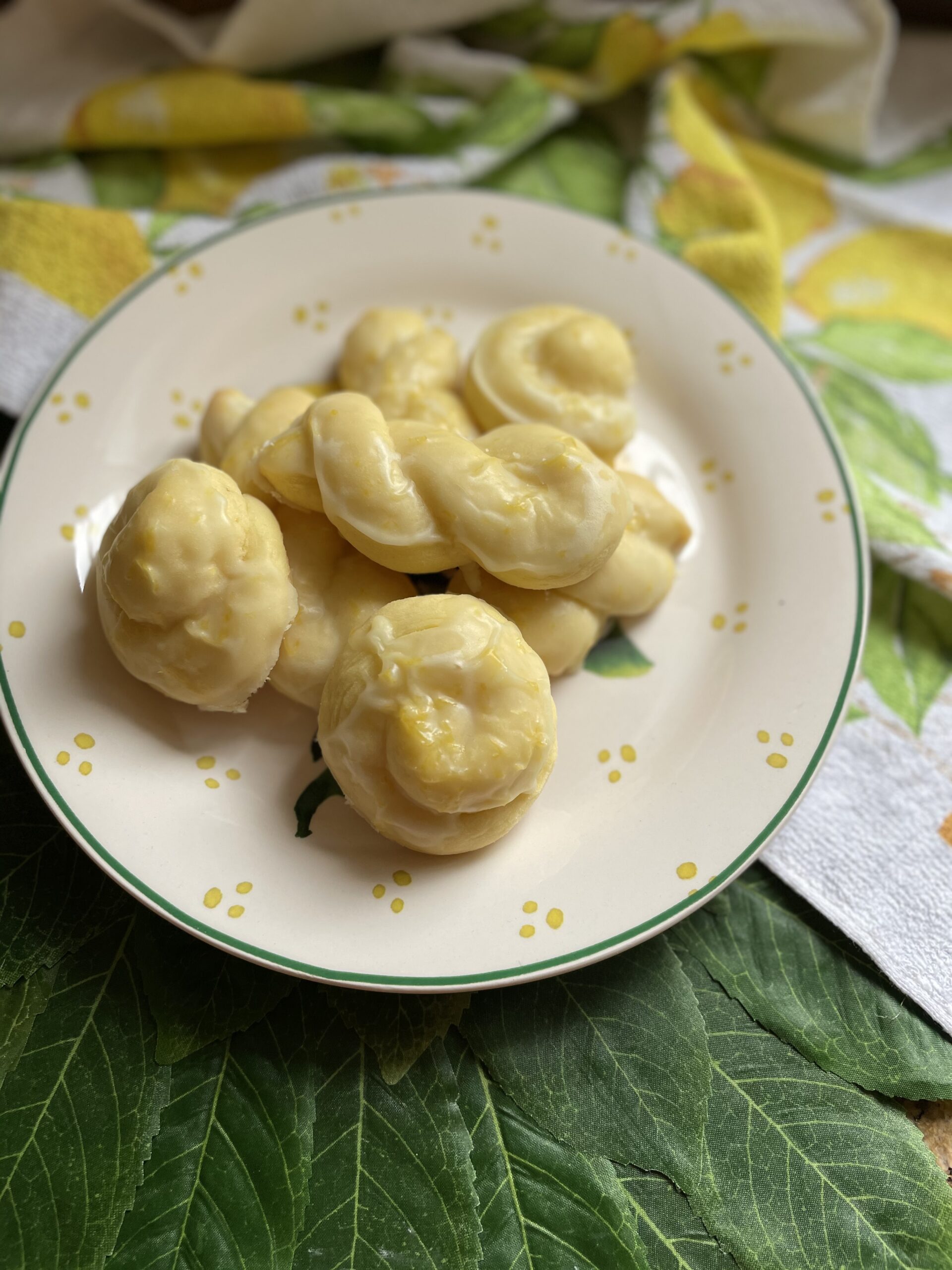Last year I spent part of the holiday season in Puglia where I enjoyed many seasonal specialties, including the nests of fried dough known as cartellate. They are perhaps the most recognized and widespread holiday desserts of the region; you will find them from Gargano (north) to Salento (south) also going by the names “carteddate” or “nèvole.”
Like many traditional Italian desserts, these ones have a longstanding history dating back thousands of years; the discovery of a sixth century cave painting, near Bari, depicts the preparation of similar looking sweets being offered up to the gods. It is presumed that the Christmas confection is of Greek origin as many fried pastries bathed in syrup or honey stem from this ancient civilization.
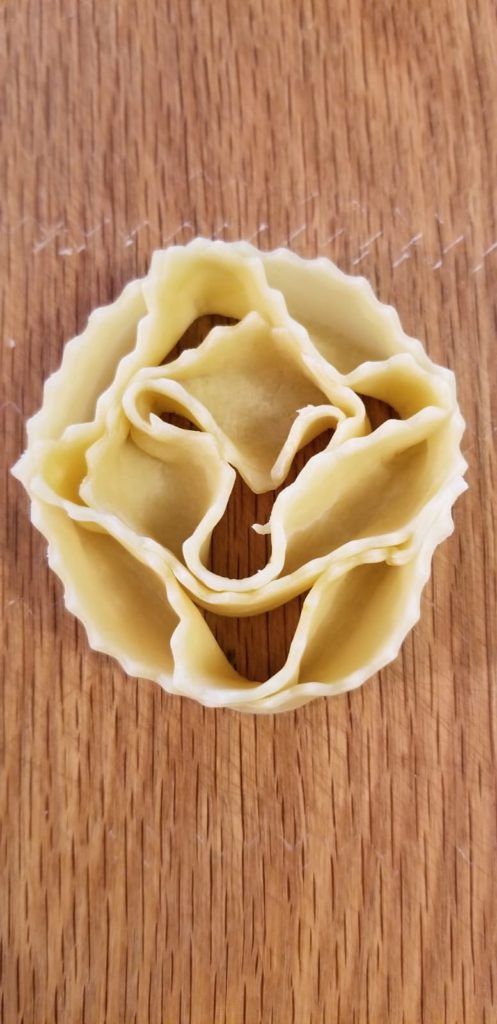
The name cartellata derives from incartellare which is dialect for “wrapping up” in reference to their ornamental shape, for which there are two theories behind. It is said that their rose like shape is reminiscent of the halo adorning baby Jesus or it is a reminder of the crown of thorns that Christ wore when he was crucified. Another theory suggests that their name comes from cartedda meaning “basket” and they serve as a reminder of the basket in which shepherds that came to Bethlehem rested their gifts for the newborn king. No matter their symbolism or name, they are an incredibly addictive sweet, and a true labour of love.
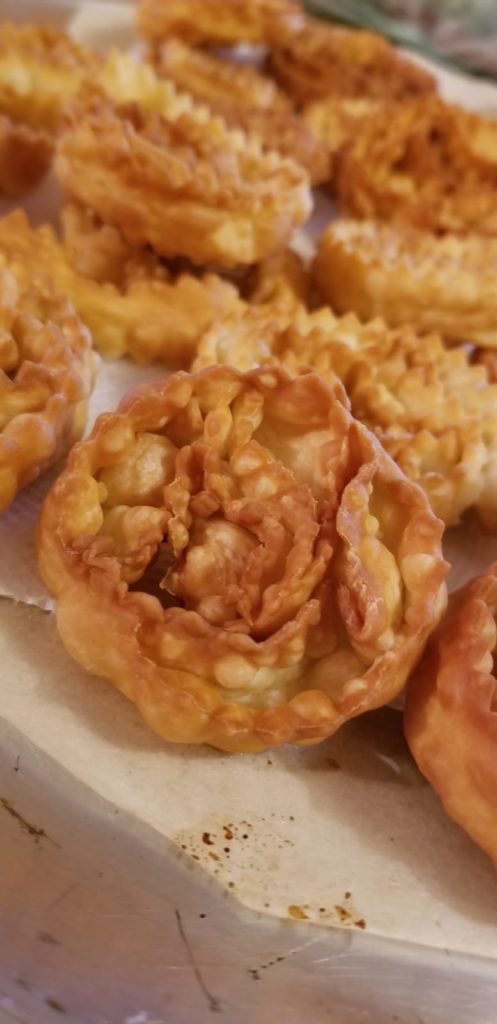
While the ingredient list is simple (flour, oil, and white wine), the preparation process is rather arduous. It involves making the dough and allowing it to rest for elasticity. The dough is then rolled into thin sheets (either by hand or using a pasta machine). The sheets are then cut into strips using a pastry wheel before being folded and pinched by hand. Creating little wells in the formation is essential for collecting the sticky, sweet vincotto or honey that appears later in the process.
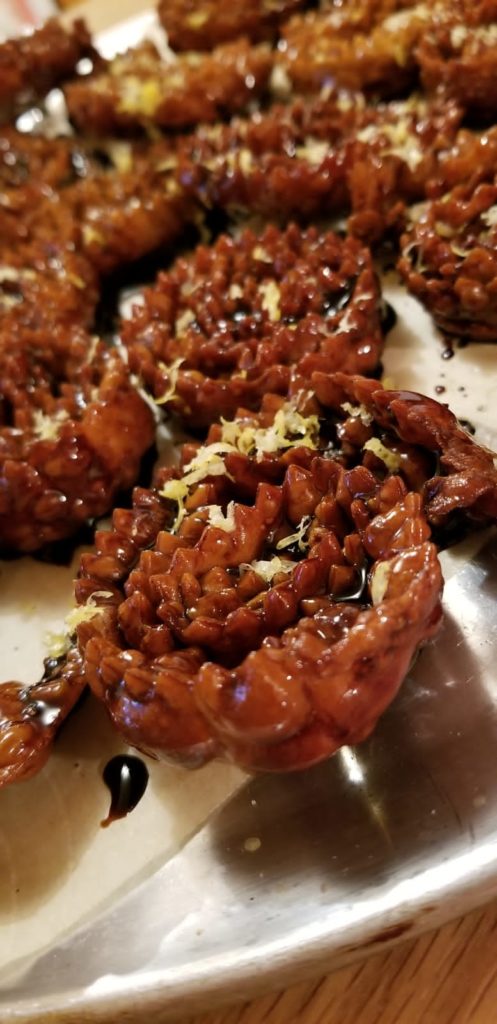
Once the cartellate have been folded and rolled they are then placed onto trays or baking sheets to rest yet again for 4-5 hours or even overnight. Next, they are fried in hot oil and then doused in honey, fig syrup or vin cotto. Depending on family tradition and preference, they can be finished off with lemon zest, a dusting of powdered sugar and cinnamon, chopped nuts or colored sprinkles.
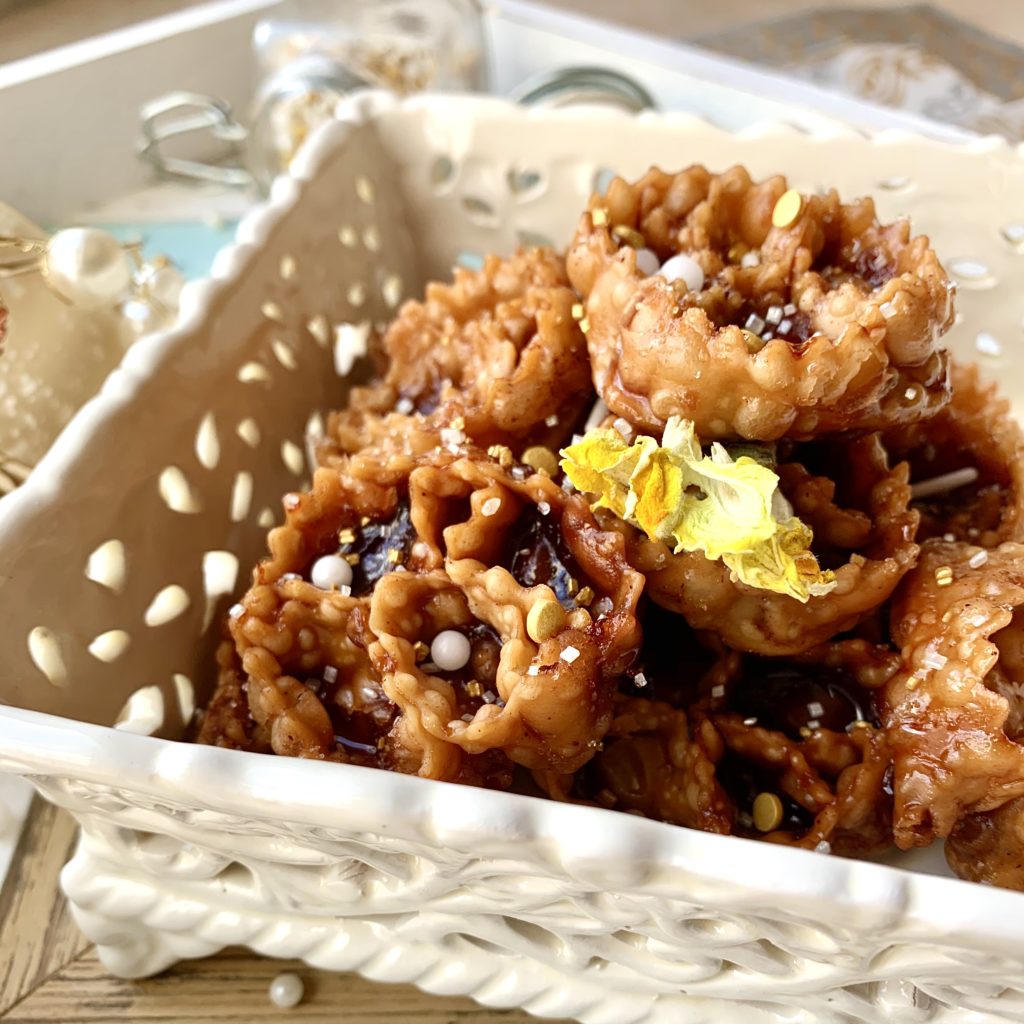
Cartellate are delectable treats for adults and children alike and incredibly worth the effort in making them for the holidays, in fact, I would say that if you do embark on this undertaking, you are sure to have arms wrapped up around you in big hugs from those for whom they are being made. Buon Natale e Buon Appetito!





